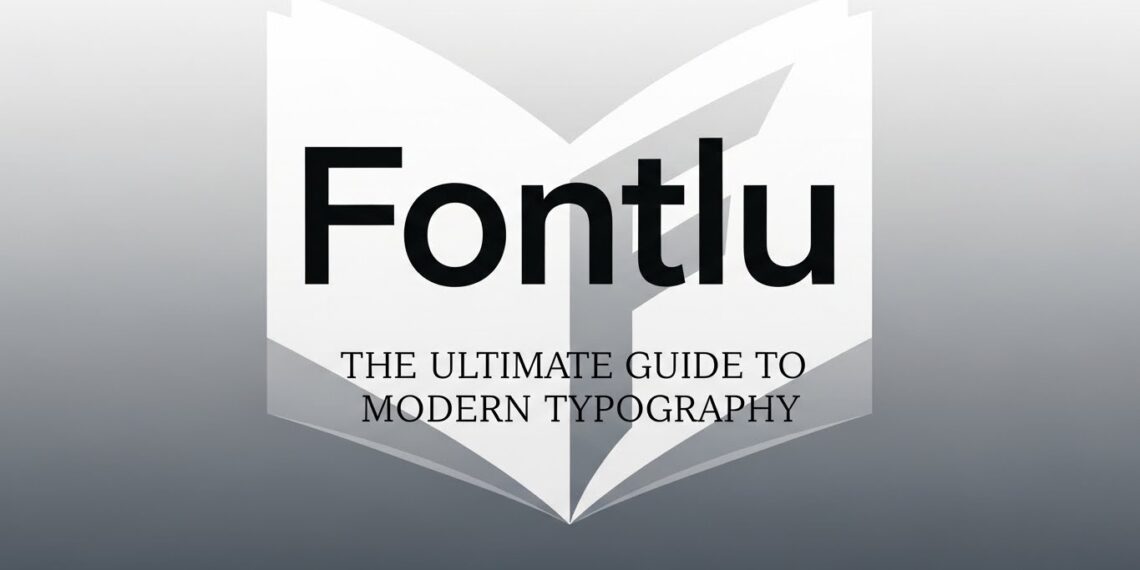In the age of digital transformation, visual communication is more critical than ever. Brands must compete for attention in a crowded marketplace, and graphic design plays a pivotal role in setting them apart. From logos and brochures to websites and social media visuals, design helps convey brand identity, evoke emotion, and drive engagement. For many businesses, especially small to medium-sized enterprises, hiring an in-house design team isn’t always feasible. That’s where outsourcing graphic design services becomes a smart, cost-effective alternative. This article explores the many benefits of outsourcing and how it can positively impact your business operations, budget, and overall brand quality.
Access to a Global Talent Pool
One of the biggest advantages of outsourcing is gaining access to a diverse and experienced pool of design professionals from around the world. Unlike hiring locally, which may limit your choices due to geographical or financial constraints, outsourcing lets you connect with designers who offer various specializations — from branding and illustration to UI/UX and motion graphics.
By outsourcing graphic design, businesses can match the right talent to the specific needs of each project, whether that means a minimalist approach for a corporate brochure or a vibrant and creative concept for a marketing campaign. This not only elevates the quality of the work but also ensures you’re getting fresh, culturally diverse perspectives that can help your brand stand out globally.
Cost-Effectiveness and Budget Optimization
Maintaining an in-house design team involves significant financial commitment. Salaries, benefits, office space, equipment, software subscriptions, and ongoing training can add up quickly. For many small businesses and startups, this overhead is unsustainable.
Outsourcing allows for greater budget control by offering flexible pricing models. You can pay per project, by the hour, or retain ongoing services at a fixed rate, depending on what suits your business best. This financial flexibility enables you to prioritize spending on high-impact areas, invest in other growth initiatives, and still receive professional-level design work without breaking the bank.
Faster Turnaround and Enhanced Efficiency
Time is money, especially in competitive industries. In-house teams often juggle multiple responsibilities or may get sidetracked by internal meetings and administrative tasks, which can slow down project timelines. Outsourced designers or agencies, on the other hand, are typically streamlined for productivity. They have dedicated workflows and project management systems in place to ensure that deliverables are completed on schedule.
Whether you’re launching a new product, running a seasonal promotion, or updating your website, outsourcing ensures that tight deadlines don’t compromise the quality of your output. You can rely on professionals to deliver design assets when you need them, keeping your operations moving without delays.
Greater Flexibility and Scalability
Business needs are rarely static. Some months may require only a few simple social media graphics, while others might involve large-scale rebranding or major marketing campaigns. Outsourcing provides the flexibility to scale your design efforts up or down based on workload, budget, and timelines.
You can bring in additional design support for a high-volume period and pause services during slower times. This adaptability is invaluable for businesses that experience seasonal fluctuations or project-based demands. It also eliminates the risk of overburdening internal staff with tasks that could be better handled externally.
Focus on Core Competencies
Graphic design, while vital, is not the core function of most companies. Whether you’re running a tech startup, a retail business, or a consulting firm, your in-house team should be focused on strategic tasks that drive growth — not spending time in design software or learning branding trends.
Outsourcing frees up internal resources and allows your team to concentrate on their primary roles, increasing productivity across departments. Marketing professionals can focus on strategy, developers on product features, and executives on decision-making, all while a skilled designer takes care of visuals behind the scenes.
Consistent Quality and Industry Expertise
Design trends, tools, and best practices are constantly evolving. Professional graphic designers and agencies make it their business to stay updated with the latest software, aesthetics, and user behavior insights. By outsourcing, you benefit from their specialized knowledge and technical skills without needing to make those investments yourself.
Outsourced teams often bring structured review processes and quality control checks, ensuring that your designs are not just creative, but also consistent with your branding guidelines. Over time, working with reliable external partners can lead to a cohesive visual identity that strengthens your brand’s presence and appeal.
Conclusion
As businesses strive to remain agile and competitive, the ability to adapt and optimize every aspect of operations is key. Graphic design, though essential, doesn’t need to be managed in-house to be effective. By embracing the advantages of outsourcing graphic design, companies gain access to global talent, control their budgets, meet deadlines with ease, and free up internal resources for more strategic pursuits.
From startups needing a logo to enterprises requiring ongoing design support, outsourcing is a flexible and forward-thinking solution. It allows businesses to focus on what they do best, while creative professionals handle the visual storytelling that brings a brand to life. In an increasingly visual digital world, outsourcing design isn’t just a convenience — it’s a competitive advantage.







